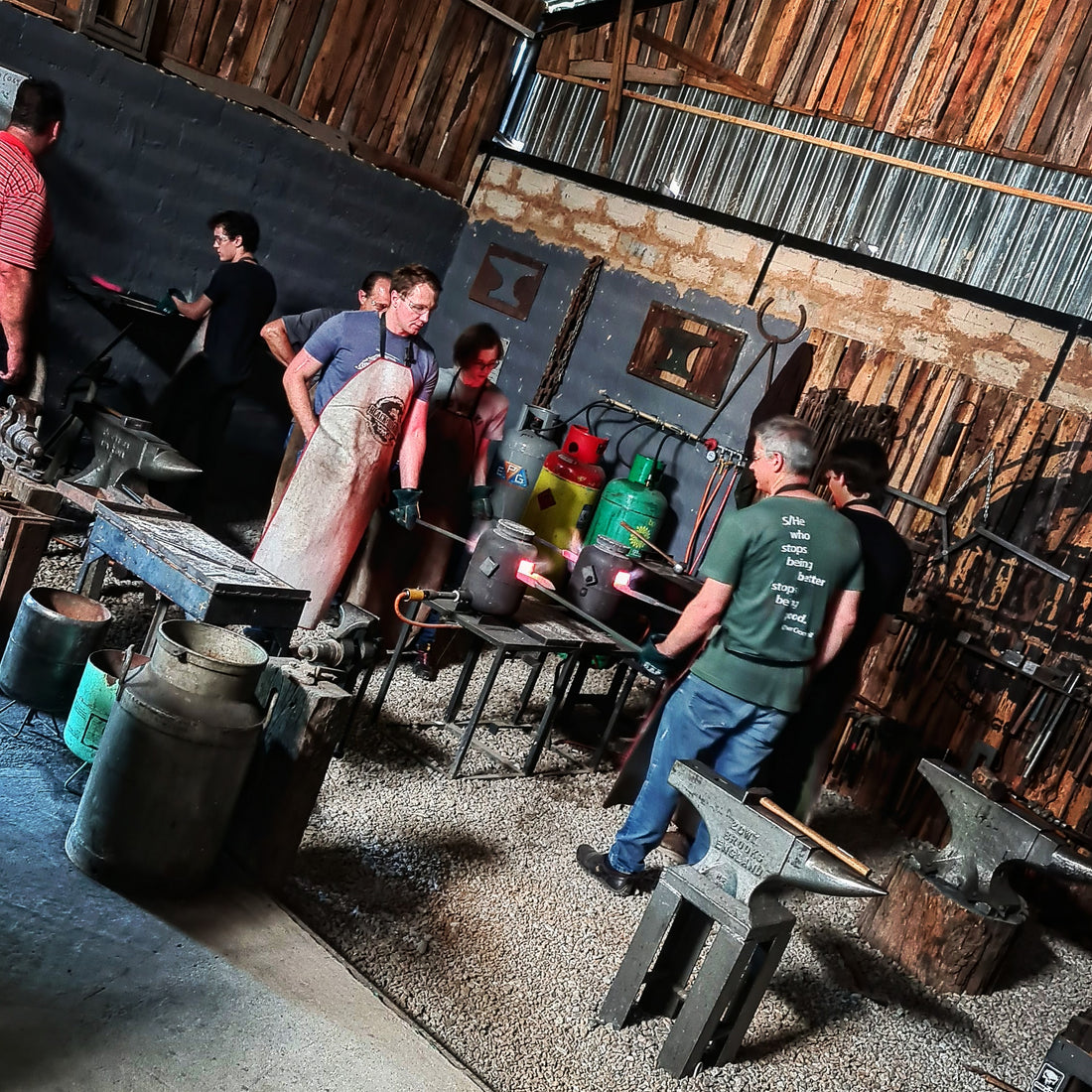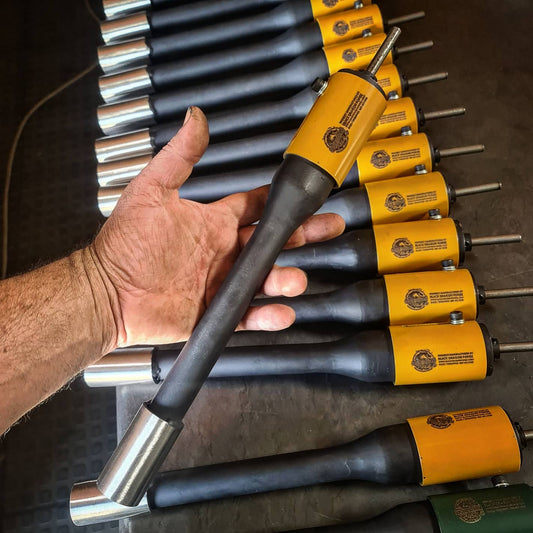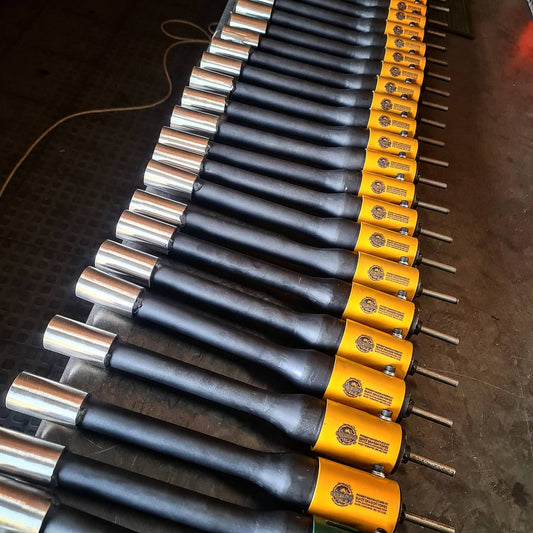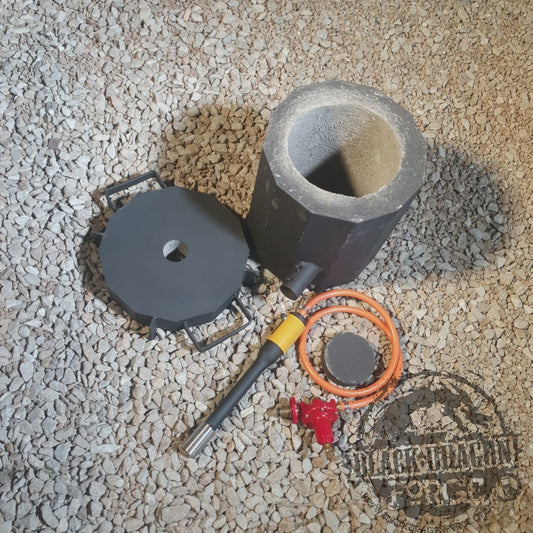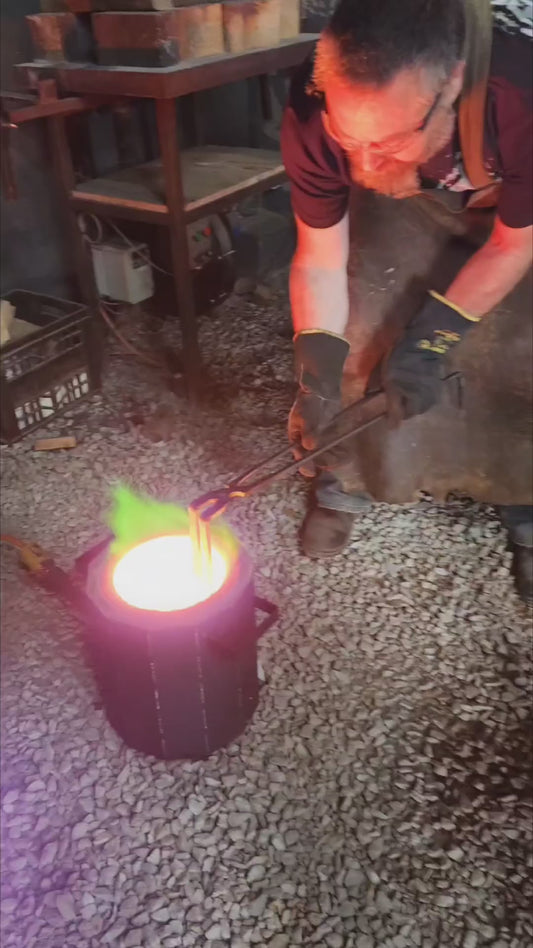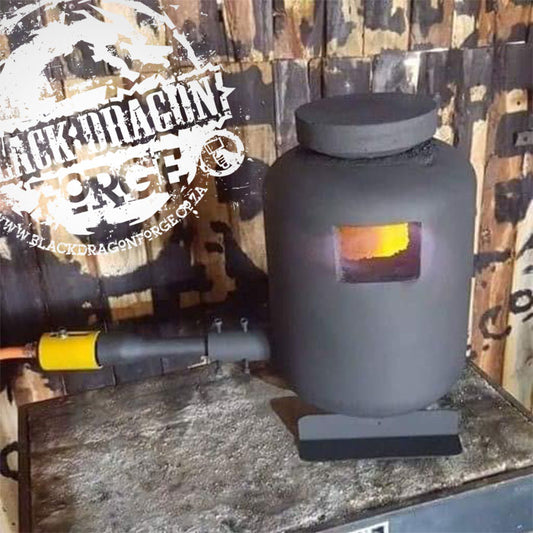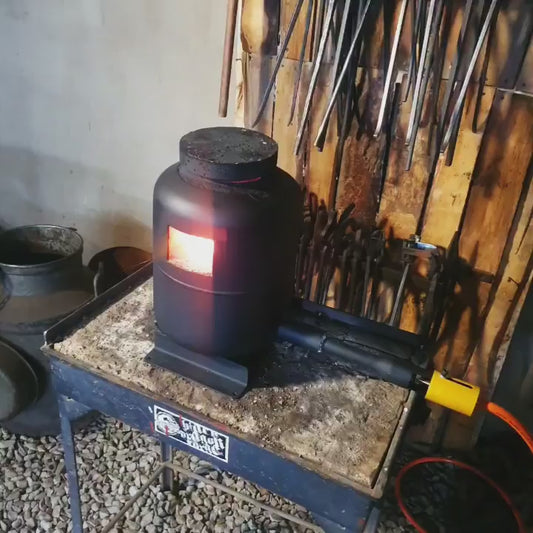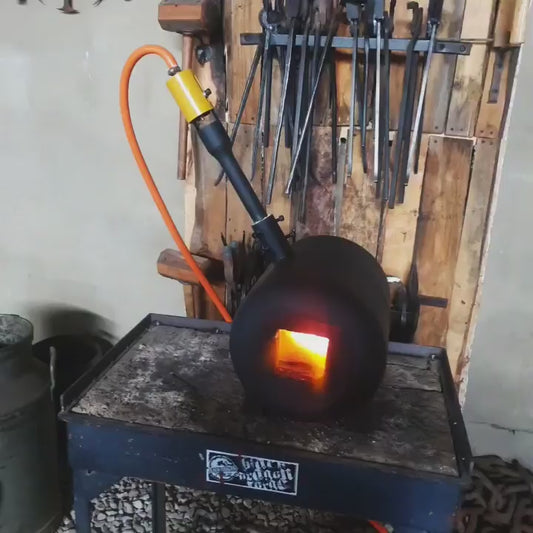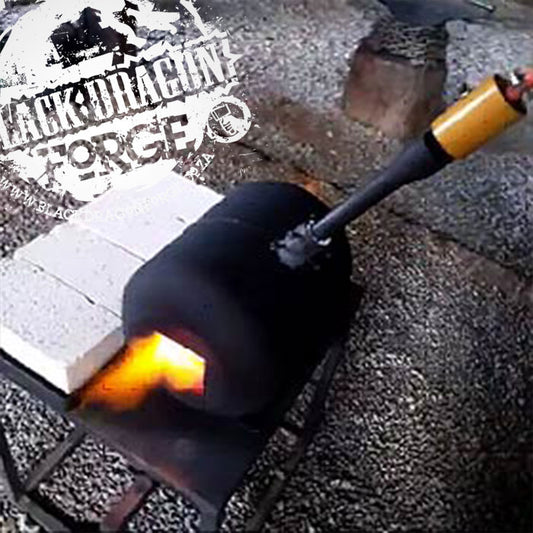Welcome to the world of knifemaking, where craftsmanship meets creativity. As you embark on your journey to becoming a skilled knifemaker, you'll encounter two primary avenues for learning: knifemaking tutorials and in-person classes. In this comprehensive guide, we'll explore the pros and cons of these two learning approaches, helping you make an informed decision on your path to mastering the art of knifemaking.
The Advantages of Knifemaking Tutorials
1. Accessibility and Flexibility
Knifemaking Tutorials: A Treasure Trove of Knowledge
When it comes to knifemaking tutorials, you gain access to a vast library of knowledge at your convenience. You can learn at your own pace and on your schedule, whether it's late at night or during your lunch break. It's a world of information waiting to be explored.
2. Budget-Friendly Learning
Knife Making Education: Affordable and Accessible
Learning knifemaking through tutorials often comes at a fraction of the cost of in-person classes. Many high-quality tutorials are available online for free, making it an excellent choice for budget-conscious knifemakers.
3. Diverse Instruction
In-Person Knifemaking Classes: Hands-On Excellence
Online tutorials open the door to a variety of instructors, each with their unique styles and techniques. This diversity enables you to explore different facets of knifemaking, expanding your knowledge and skills.
4. Learning on Your Terms
Flexibility: Learning Knifemaking Your Way
With tutorial videos, you dictate your learning pace. No need to reshape your life to fit a class schedule; you can study and practice knifemaking when it suits you best.
5. On-Demand Learning
Replay, Pause, Repeat: Mastering Knifemaking Techniques
One significant advantage of online tutorials is the ability to revisit, replay, pause, and perfect your skills. Delve into complex techniques, dissect them, and revisit them until you've mastered them.
The Drawbacks of Knifemaking Tutorials
1. Limited Hands-On Experience
Limitation: Practical Experience
While tutorial videos provide valuable insight, they can't replicate the hands-on experience offered by in-person classes. As you pursue intricate aspects of knifemaking, you may find the absence of physical guidance a challenge.
2. Isolation
Solitary Journey: Learning in Isolation
Learning in isolation, while convenient, may lack the camaraderie and social interaction that in-person classes provide. Networking opportunities and shared experiences can be limited.
3. Lack of Immediate Feedback
Instant Feedback: A Missing Component
Online tutorials cannot replace the immediate feedback provided by a physical instructor. Correcting errors or refining techniques without real-time guidance can be daunting.
4. Varying Quality
Discerning Quality: The Challenge
Not all tutorial videos are created equal. Some may contain incorrect information, have subpar production values, or offer misleading techniques. Careful selection of credible sources is crucial.
5. Equipment Limitations
Tool Accessibility: A Concern
Advanced techniques showcased in tutorials may require specialized tools and equipment. This equipment may not be readily available, limiting your ability to replicate what you've seen.
The Benefits of In-Person Knifemaking Classes
1. Immersive Hands-On Learning
In-Person Classes: A World of Hands-On Experience
In-person classes offer immersive, hands-on experience under the guidance of an experienced knifemaker. This direct engagement allows you to learn by doing, with immediate corrections and enhancements.
2. Personalized Guidance
Tailored Learning: Your Journey, Your Way
One of the most significant advantages of in-person classes is the real-time feedback and guidance you receive. Your instructor tailors their instruction to your specific needs and skill level.
3. Networking Opportunities
Networking: A Foundation for Success
In-person classes provide a unique platform for networking. You have the opportunity to connect with both your instructor and fellow students, fostering valuable relationships that can lead to collaboration and mentorship.
4. Access to Equipment
Equipment Access: The Right Gear for the Job
In knifemaking, specialized tools and equipment are essential. In-person classes typically provide access to these resources, ensuring you work with the right gear to master your craft.
5. Structured Learning
Structured Learning: Building a Strong Foundation
In-person classes often follow a structured curriculum designed to help you build a solid foundation in knifemaking. This sequential approach ensures you cover all the essential aspects of the craft.
The Limitations of In-Person Knifemaking Classes
1. Higher Cost
Investment Required: In-Person Learning
In-person classes can be significantly more expensive than online tutorials, factoring in tuition, travel, and accommodation expenses. This financial investment can be a barrier for some aspiring knifemakers.
2. Limited Availability
Accessibility: A Geographic Challenge
Access to quality in-person classes may be limited, especially if you don't reside in close proximity to a knifemaking school or an established knifemaker. This geographical constraint can be a significant drawback.
3. Fixed Schedules
Adapting to Schedules: A Commitment
In-person classes typically require you to adapt to a fixed schedule, which may not align with your personal commitments. This can be challenging for those with busy lives or other responsibilities.
4. Geographical Constraints
Location Matters: Proximity to Classes
Not everyone has the luxury of living near an established knifemaker or a knifemaking school. This limitation can make in-person classes inaccessible to many.
5. Limited Instructor Options
In-person classes usually involve learning from a single instructor, which can limit your exposure to different teaching styles and techniques. You won't have the same variety of mentors as you would with online tutorials.
The Ideal Knifemaking Learning Approach
A Balanced Approach: Achieving Mastery
The choice between online tutorial videos and in-person classes depends on your learning preferences, budget, and resource accessibility. Many knifemakers find value in combining both methods, thereby reaping the benefits of each approach while mitigating their respective disadvantages.
Your commitment, practice, and dedication to honing your skills will ultimately define your success in knifemaking, regardless of your chosen path. The fusion of your chosen method with your unwavering enthusiasm will shape you into a true artisan of blades.
Tips for Aspiring Knifemakers
Hybrid Learning: If you have the opportunity, consider adopting a hybrid learning approach. Begin your knifemaking journey with online tutorials to acquire foundational knowledge and skills. Subsequently, supplement your learning with in-person classes to benefit from expert guidance and hands-on experience.
Networking: Regardless of your chosen learning path, it's crucial to network within the knifemaking community. Join knifemaking forums, engage with social media groups, and attend knifemaking events or shows. Building relationships with other knifemakers, enthusiasts, and potential mentors can enhance your growth in the craft.
Self-Motivation: For those who choose to primarily learn from tutorial videos, self-motivation is key. Create a structured learning plan, set goals, and establish timelines to ensure that you maintain consistent progress. The responsibility to stay motivated and disciplined lies with you.
Quality Matters: When exploring online tutorial videos, take the time to select your sources judiciously. Seek out reputable instructors with a demonstrated track record and a positive reputation within the knifemaking community. Reading reviews and testimonials can be a helpful step in identifying credible sources.
Consider Your Resources: Before making a decision, assess your budget, available time, and access to in-person classes. If attending classes is financially or geographically challenging, you may need to save or plan your schedule to accommodate in-person learning.
Final Thoughts
As you contemplate your approach to mastering the art of knifemaking, remember that both online tutorial videos and in-person classes have their merits. Your path should reflect your unique needs, circumstances, and learning style. Regardless of your choice, your dedication and passion will be the driving forces behind your progress.
In the end, whether you choose to watch tutorial videos or attend in-person classes, your unwavering commitment to perfecting your knifemaking craft is what will set you apart as a skilled knifemaker. The fusion of your chosen method with your enthusiasm will shape you into a true artisan of blades.
Craftsmanship, Knifemaking Journey, Knife Making Education

